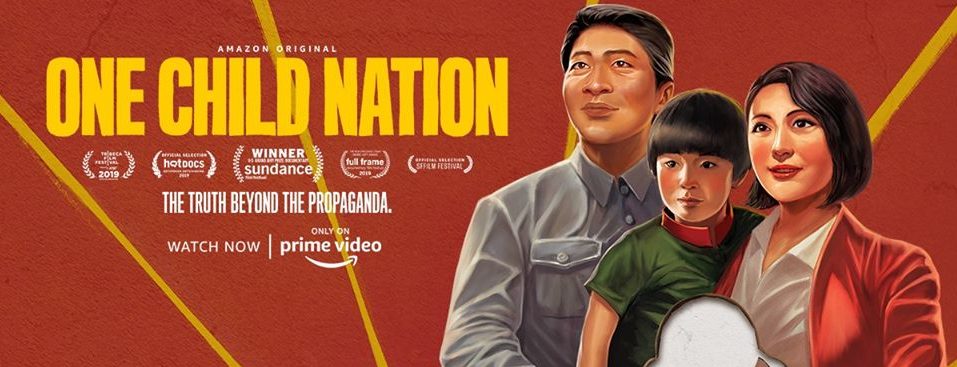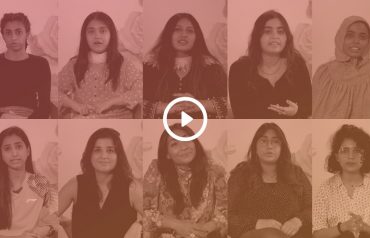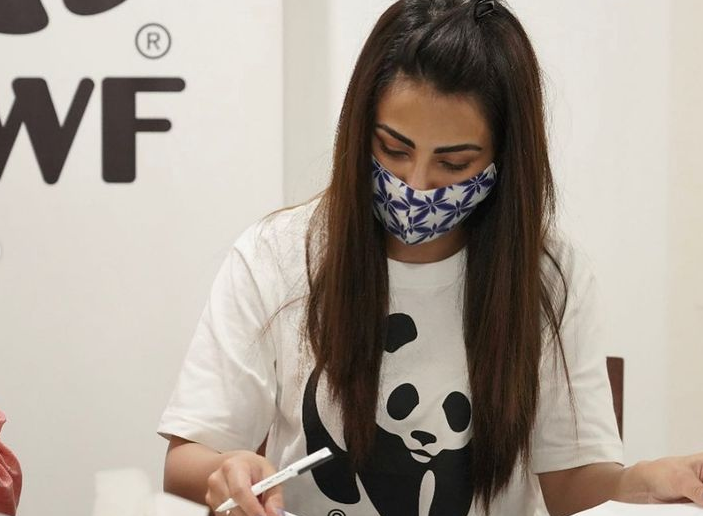KARACHI: For decades, couples residing in the country were bound by China’s one child policy. However, the government recently announced a drastic policy shift that will now allow couples to have up to three children. The policy shift has come in lieu of census data which showed that there is drastic decline in birth rate across the country. This decline continued despite the 2016 policy change which allowed couples to have up to two children. As a result, other than declining birthrates, China also has to deal with an aging population and a growing gender gap.
View this post on Instagram
The 2016 policy amendment did very little to impact the birth rate of the country. The impact of China’s one child policy still lingers and the country recorded it’s slowest population growth since the 1950s. The one child policy also opened the floodgates of forced abortions and sterilization procedures which impact family planning today. The cost of living, especially in cities across China, has also been attributed to the lack of impact that the 2016 policy seemed to have. Chinese couples choose not to have bigger families because they can’t afford to.
Therefore, the government under President Xi Jinping announced that they plan on introducing “supportive measures, which will be conducive to improving our country’s population structure, fulfilling the country’s strategy of actively coping with an ageing population and maintaining the advantage, endowment of human resources”, according to Xinhua news agency. The supportive measures will include more equitable educational resources and reduce educational expenditures for families.
Despite the fact that this policy shift is considered to be groundbreaking in China, Human Rights Organizations such as Amnesty International aren’t impressed. The 2020 policy, just as its predecessors, is still considered to be a violation of sexual and reproductive rights “rather than ‘optimizing’ its birth policy, China should instead respect people’s life choices.”

 Source: ThinkChina
Source: ThinkChina










